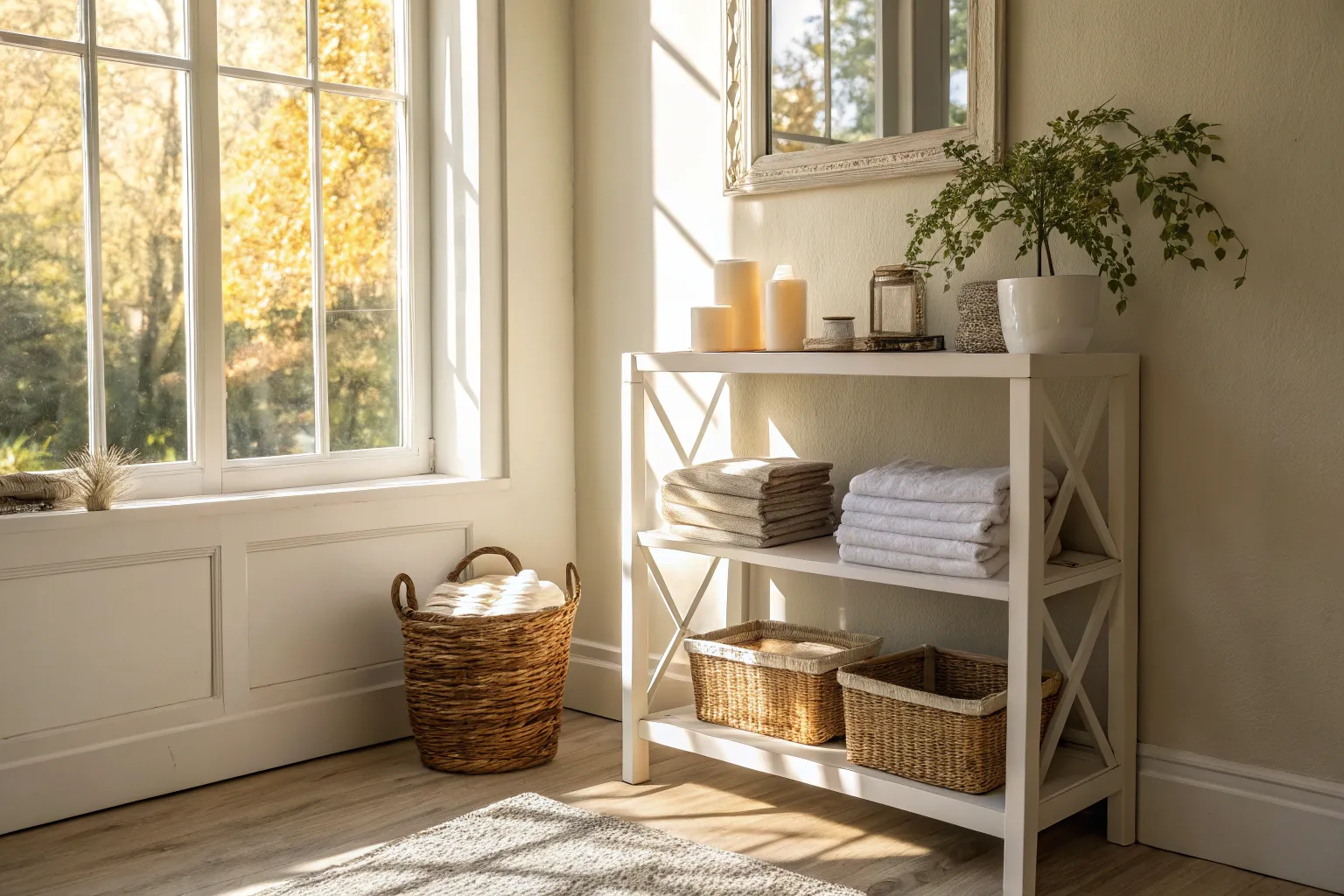Creating a meaningful display in your home doesn’t require dramatic renovations or expensive purchases—sometimes the most powerful transformations begin with a single, empty shelf. When approached with intention and understanding of fundamental design principles, that vacant space can become a compelling narrative that reflects your journey, values, and aspirations.
The Foundation: Understanding Your Space
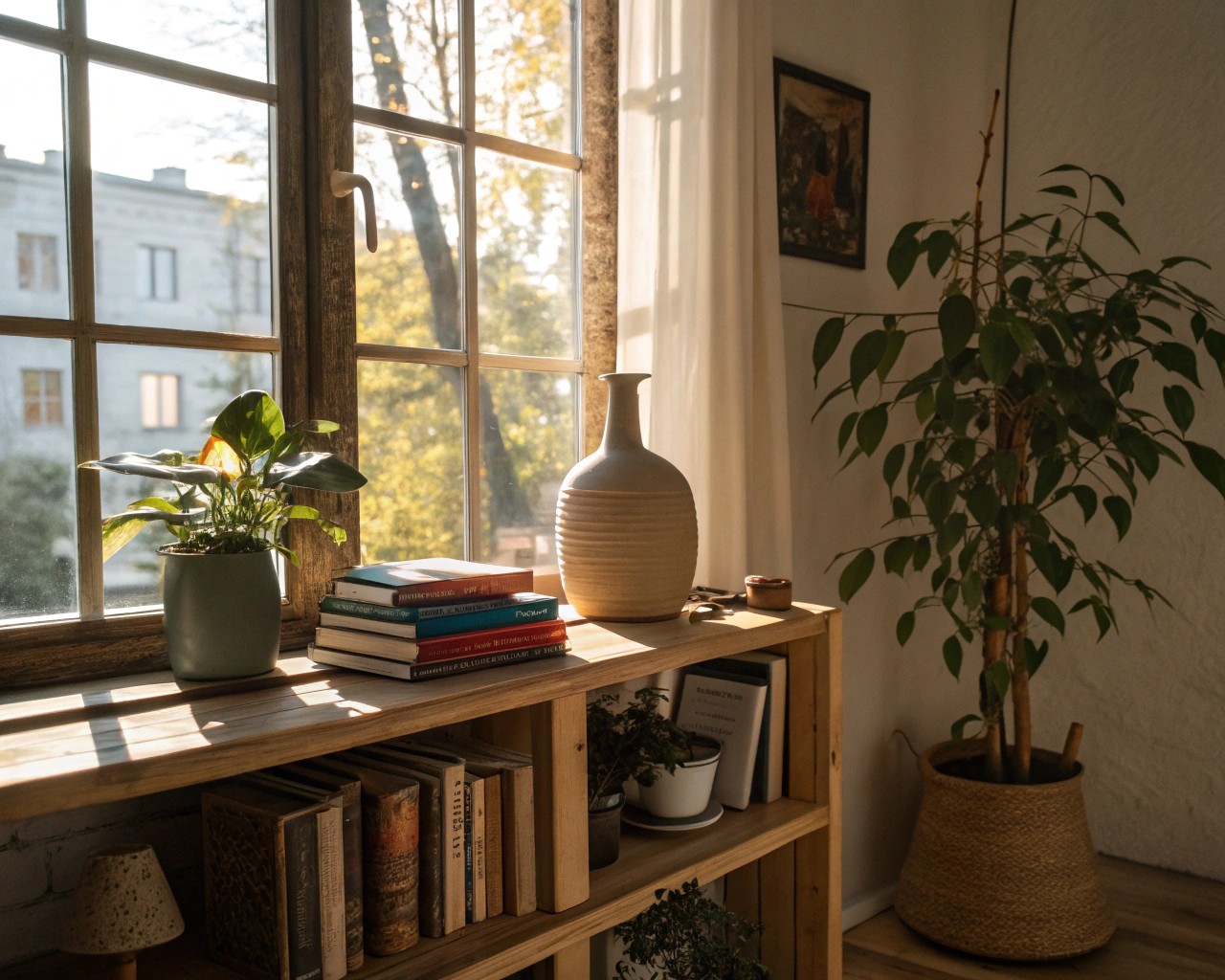
Before placing a single item, successful shelf transformation begins with understanding your architectural context. Assess the structural elements that will influence your display. Consider the shelf’s relationship to surrounding furniture, natural light sources, and the room’s overall flow. The depth and width of your shelf will determine the scale of objects you can accommodate—typically, shelves between 24-48 inches in length with 1.5-2 inch thickness provide optimal display flexibility.
Establish your focal point at eye level, approximately 57-60 inches from the floor. This positioning ensures maximum visual impact while maintaining comfortable viewing angles for most adults.
Phase One: The Blank Canvas
Clear and Assess
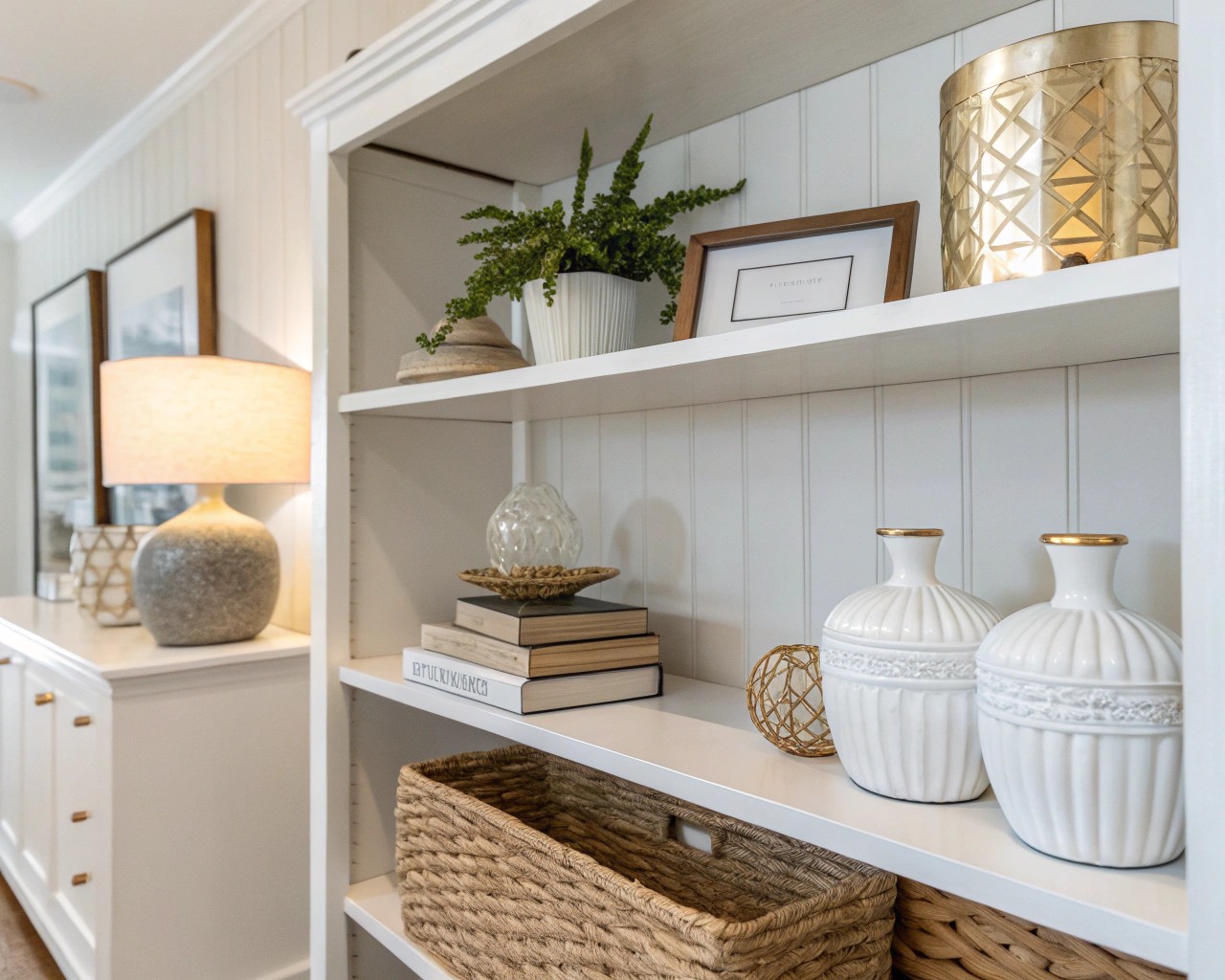
Begin by completely clearing your shelf and thoroughly cleaning the surface. This seemingly simple step provides crucial psychological benefits—you’re creating a true blank canvas that allows for reimagining without being influenced by previous arrangements.
With your clean slate established, visualize how the shelf integrates with your room’s existing design elements. Consider the color palette, furniture style, and architectural features you want to complement or contrast.
Spatial Planning
Measure your available space and consider the rule of thirds for balanced composition. Divide your shelf visually into three sections, which helps create natural focal points and prevents overcrowding.
Phase Two: Gathering Your Story Elements
Personal Artifact Selection
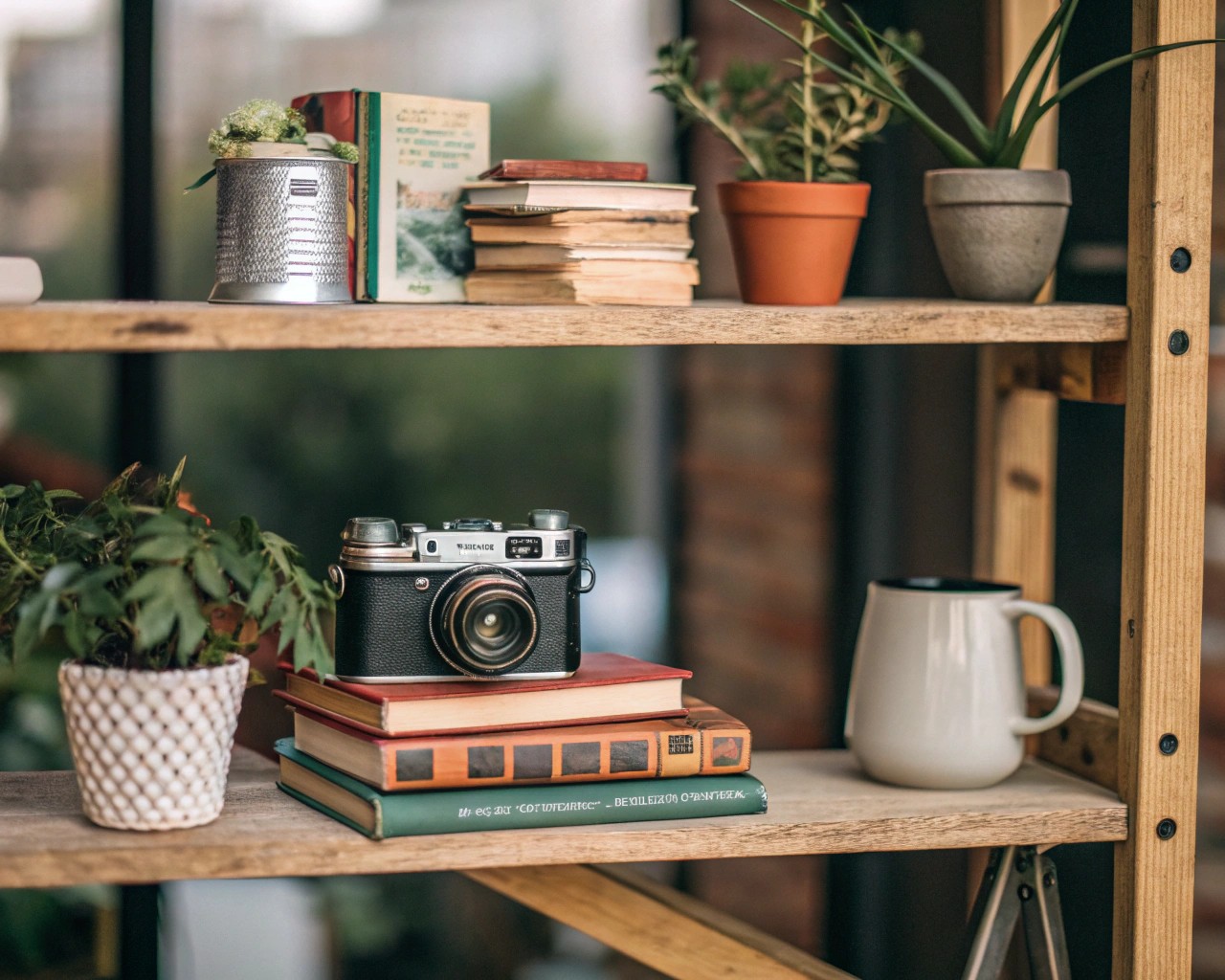
The most compelling story walls incorporate meaningful personal elements that reflect your authentic journey. These might include:
- Travel mementos that connect to specific experiences or places
- Family photographs in varied sizes and frames
- Heirloom pieces that carry historical significance
- Artwork that resonates with your aesthetic preferences
- Books that represent your interests or intellectual pursuits
Material Considerations
Texture and material variety adds depth and visual interest to your display. Combine different surfaces—smooth ceramics, rough textiles, polished metals, and natural wood elements. This contrast creates a layered composition that engages multiple senses.
Phase Three: The Arrangement Strategy
Anchoring with Larger Elements
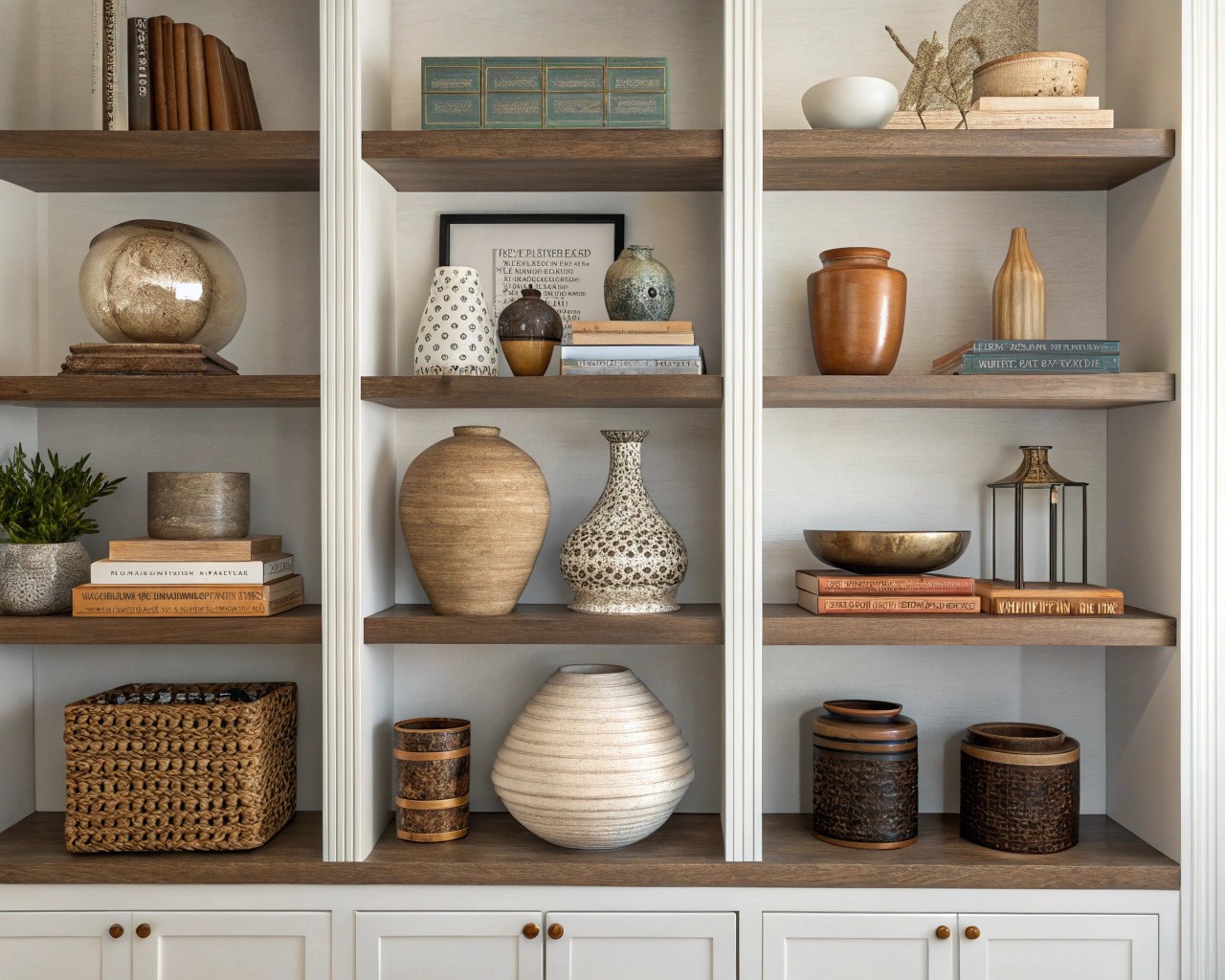
Start with your largest, most significant pieces as anchor points. These might be substantial vases, framed artwork, or sculptural elements that provide visual weight and structure. Position these items first, spacing them across your shelf to create a framework for smaller additions.
Creating Visual Flow
Employ the triangle method for balanced arrangements. Begin with your tallest piece positioned toward the back, then add two smaller items to create the triangle’s base. This technique maintains visual balance while avoiding rigid symmetry.
Layer items at different depths to create dimension. Place taller elements toward the back and shorter items in front, building visual depth that makes your display more engaging.
The Rule of Odd Numbers
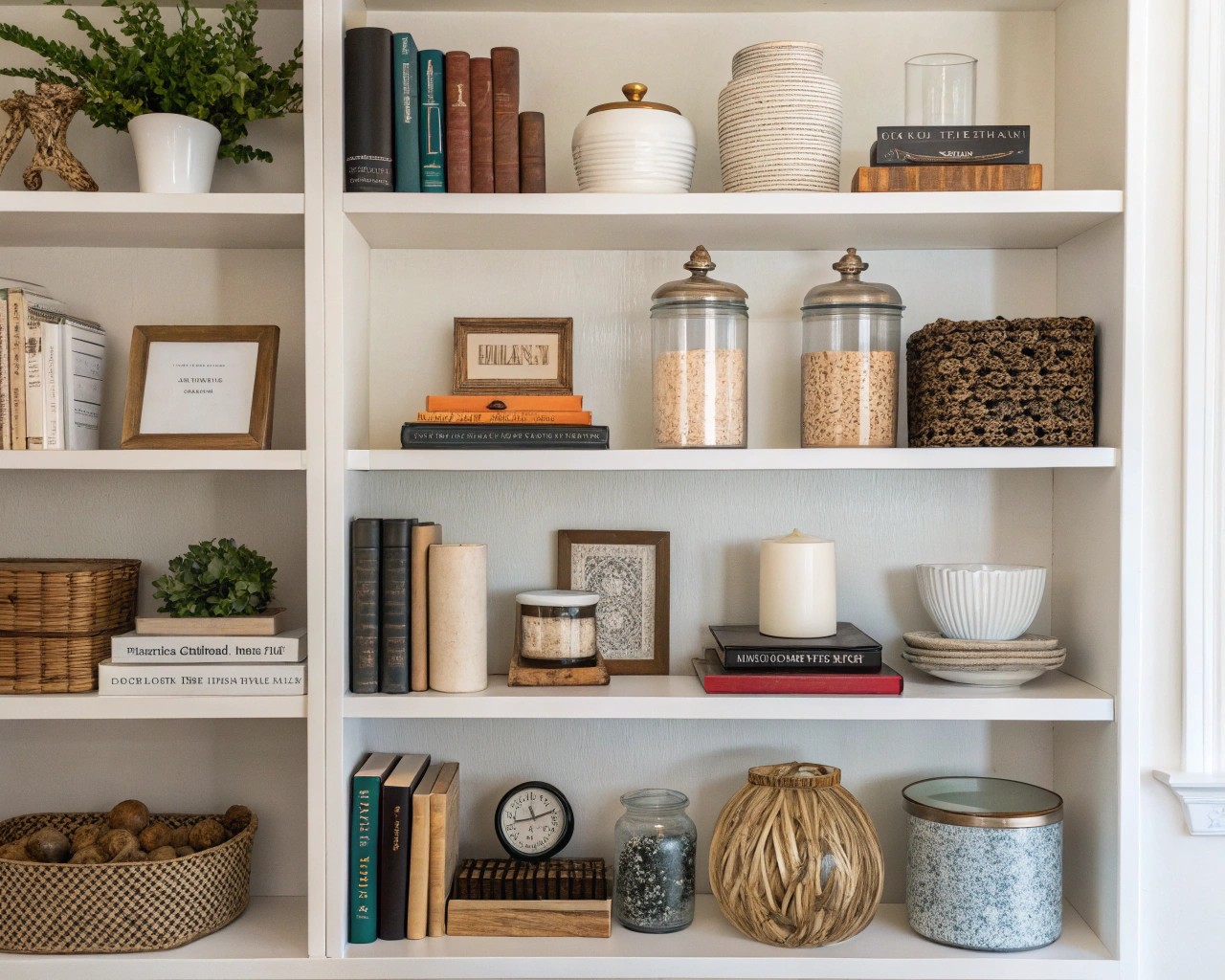
Group items in odd numbers (three, five, or seven) for more natural, visually appealing arrangements. Even numbers tend to create static, forced-looking compositions that lack the organic flow essential to compelling displays.
Phase Four: Adding Narrative Elements
Storytelling Through Color
Establish a cohesive color palette that supports your narrative while complementing your room’s existing scheme. Choose 2-3 primary colors—one main accent color supported by 1-2 neutral tones. This restraint prevents visual chaos while allowing your story elements to harmonize.
Incorporating Living Elements
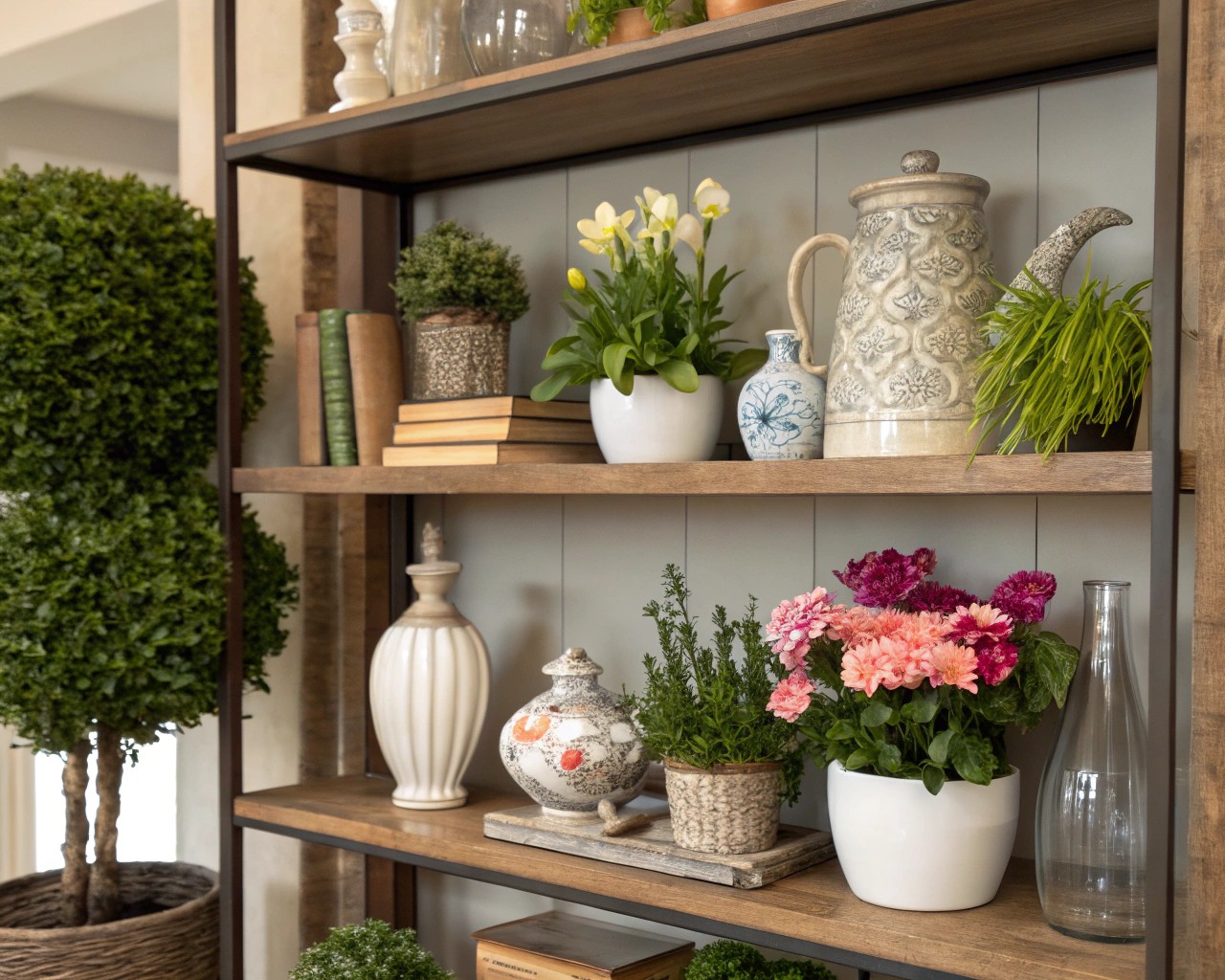
Add organic elements through plants or natural materials. These living components bring energy and freshness to your display while providing natural texture contrast against manufactured objects.
Books as Design Elements
Utilize books strategically for both aesthetic and practical purposes. Stack books horizontally to create platforms for smaller objects, or arrange them vertically as bookends. Choose volumes with spines that complement your color scheme, or remove dust jackets to reveal uniform, neutral pages.
Phase Five: Refinement and Evolution
Negative Space Management
Embrace negative space as a crucial design element. Not every inch requires filling—strategic emptiness allows individual pieces to breathe and prevents visual overwhelm. This restraint often distinguishes professional-looking displays from cluttered amateur arrangements.
Seasonal Adaptation
Plan for evolution by incorporating elements that can be easily updated. This might include rotating seasonal accessories, changing artwork, or adjusting plant selections. This flexibility keeps your story wall dynamic and prevents it from becoming stale.
Professional Techniques for Lasting Impact
Lighting Considerations
Incorporate varied lighting elements to enhance your display’s impact. Consider small LED spotlights, candles, or strategically placed lamps that highlight key pieces and create atmospheric depth.
Maintenance and Curation
Establish a regular maintenance routine to keep your display fresh and meaningful. This includes dusting, rearranging seasonal elements, and periodically reassessing whether items still serve your narrative goals.
Documentation and Reflection
Photograph your arrangements to track evolution over time. This documentation helps you understand what works in your space and provides reference points for future adjustments.
The Transformation: From Empty to Alive
The journey from empty shelf to meaningful story wall represents more than mere decoration—it’s an exercise in personal narrative expression. Each carefully chosen element contributes to a larger story about who you are, what you value, and how you want to live.
Remember that authenticity trumps perfection. Your story wall should reflect your genuine interests and experiences rather than attempting to recreate someone else’s aesthetic. This personal connection ensures your display remains meaningful and relevant over time.
Success lies in the balance between structure and personality. While following design principles provides a professional foundation, your unique perspective and personal artifacts transform a simple shelf into a living narrative that evolves with your life’s journey.
The most powerful story walls aren’t created overnight—they develop organically as you discover new treasures, experience life changes, and refine your aesthetic understanding. Start with intention, build with patience, and trust in the transformative power of thoughtful curation.

